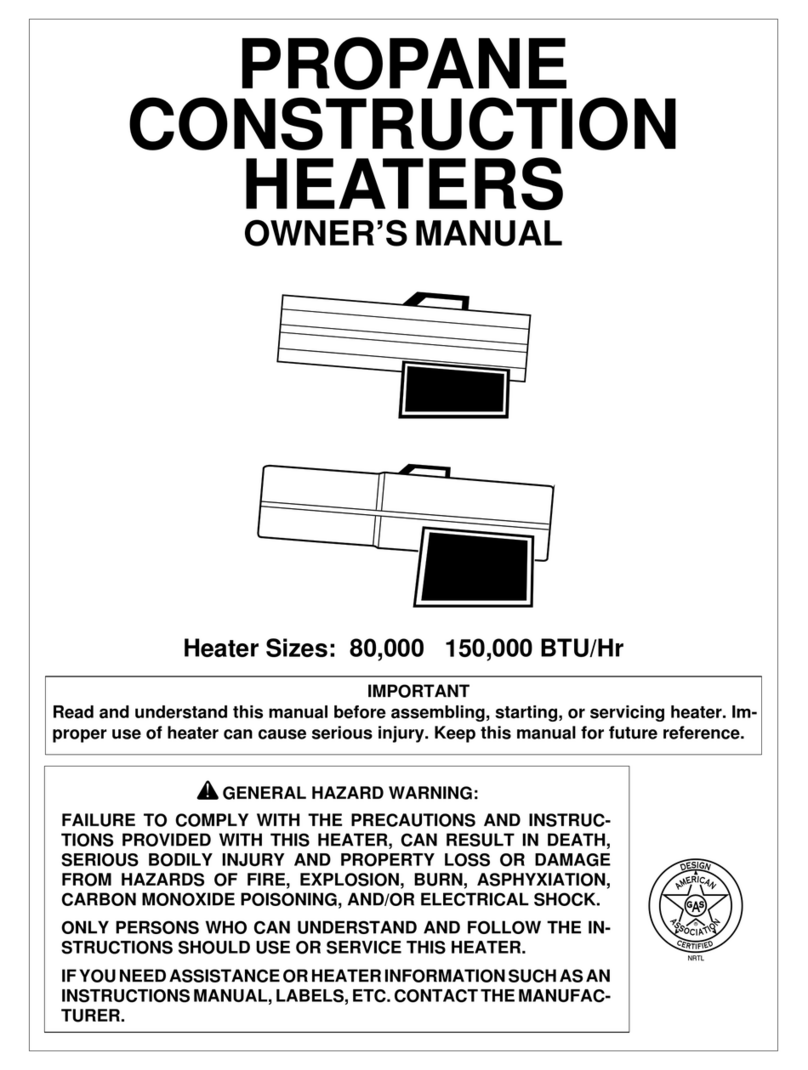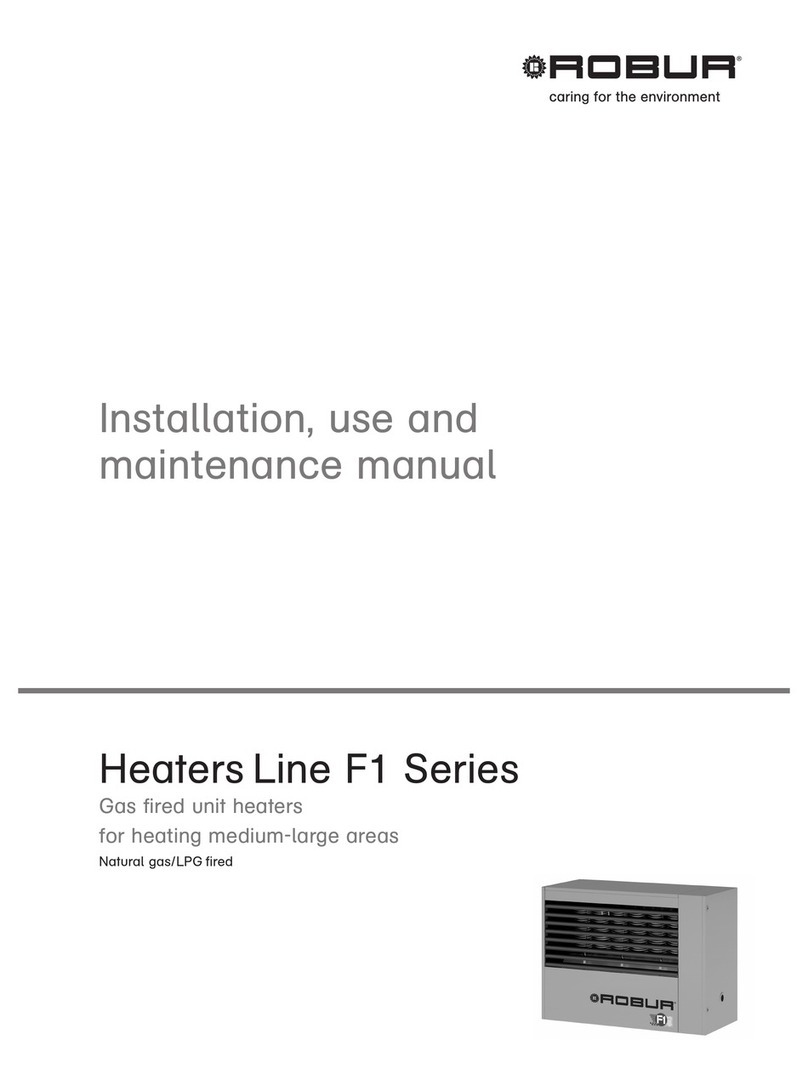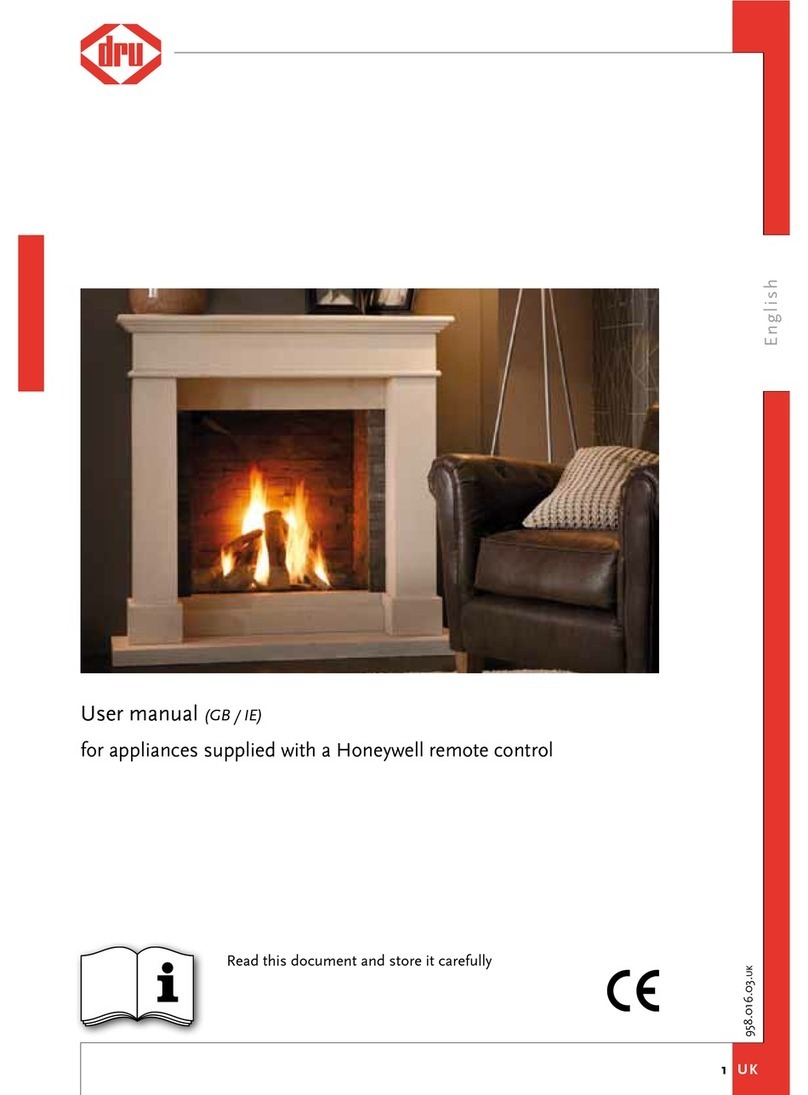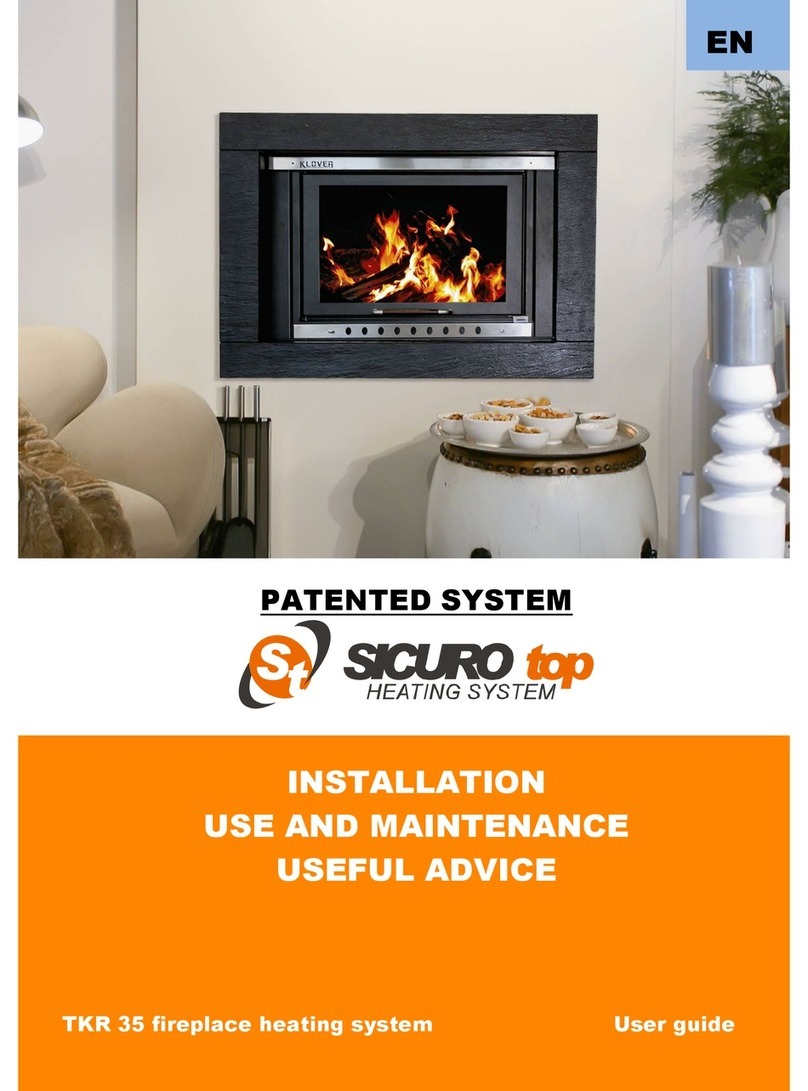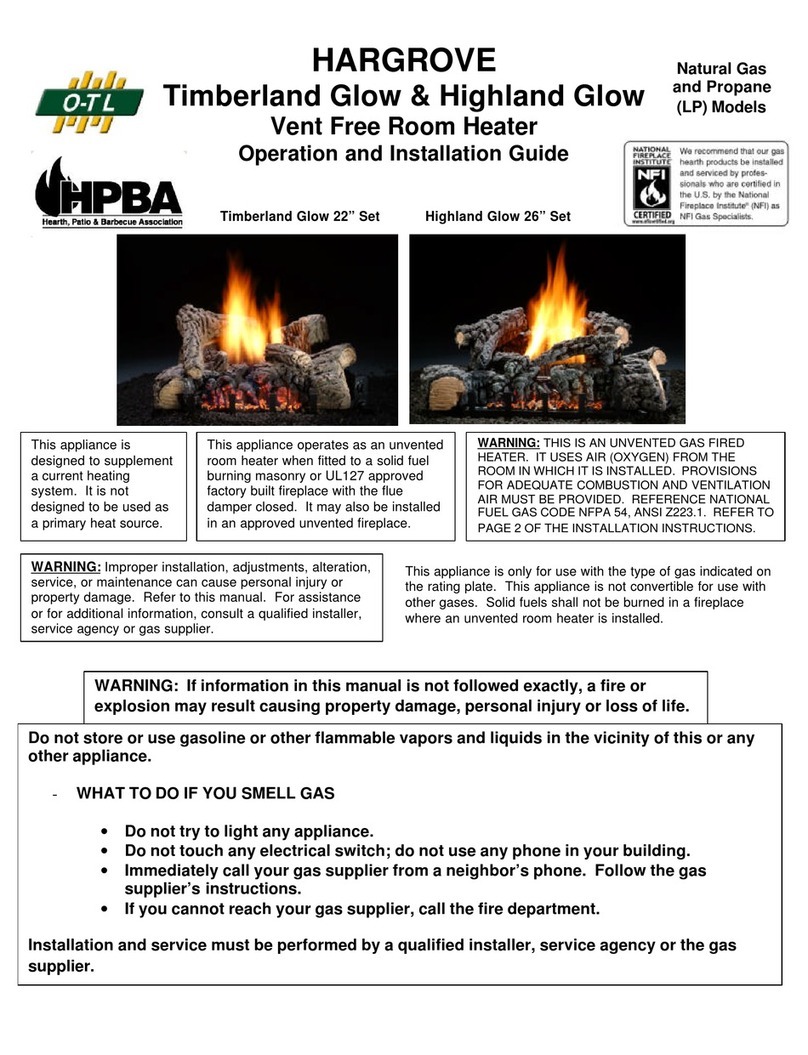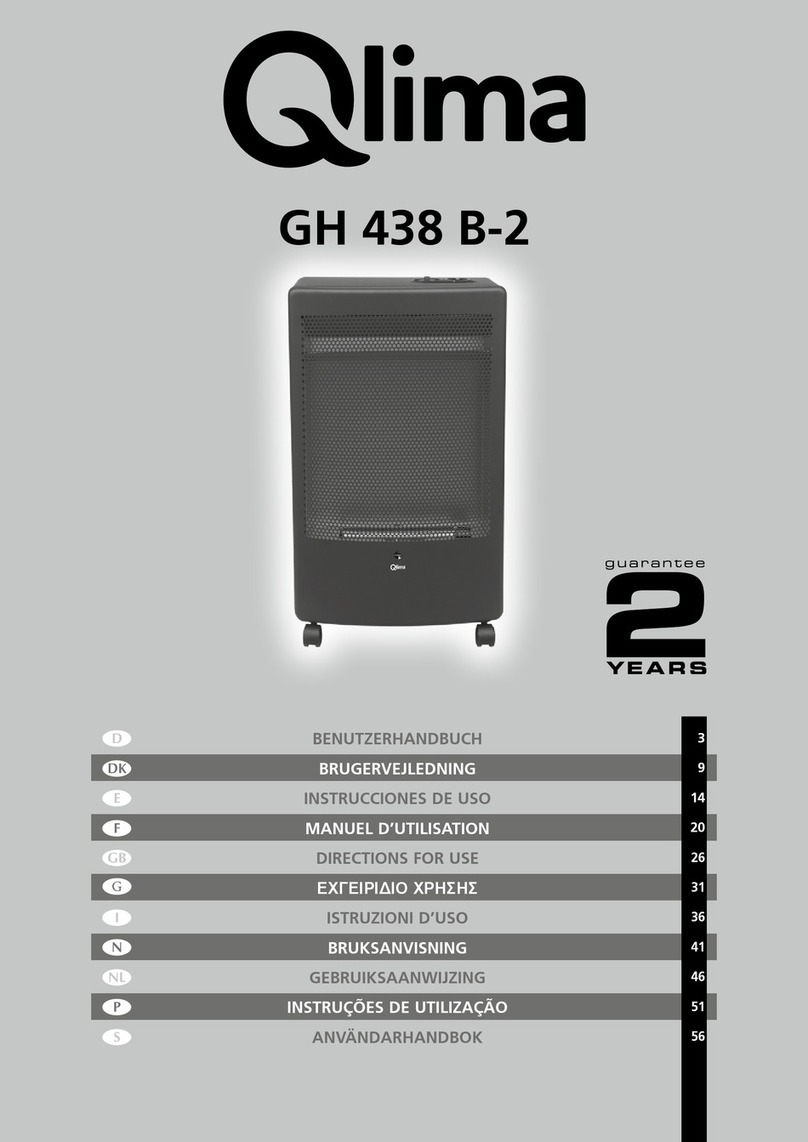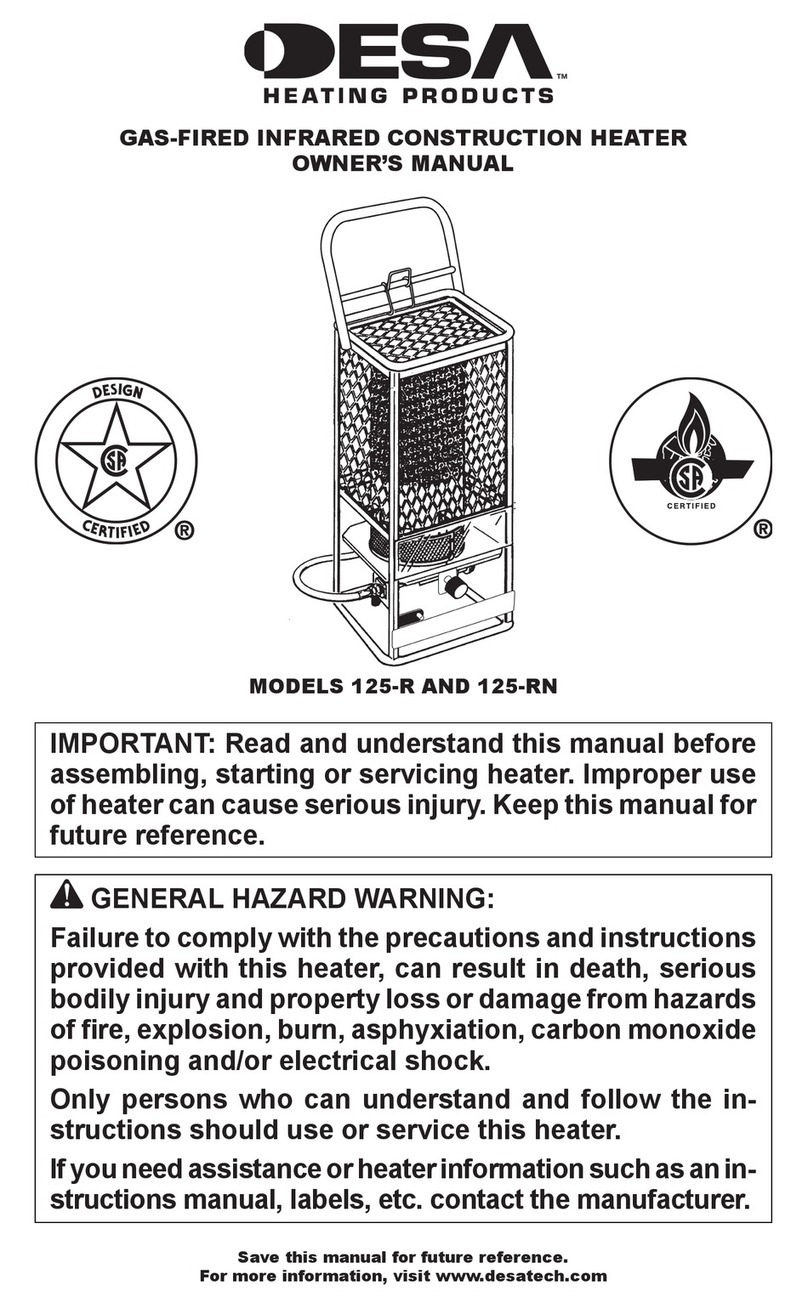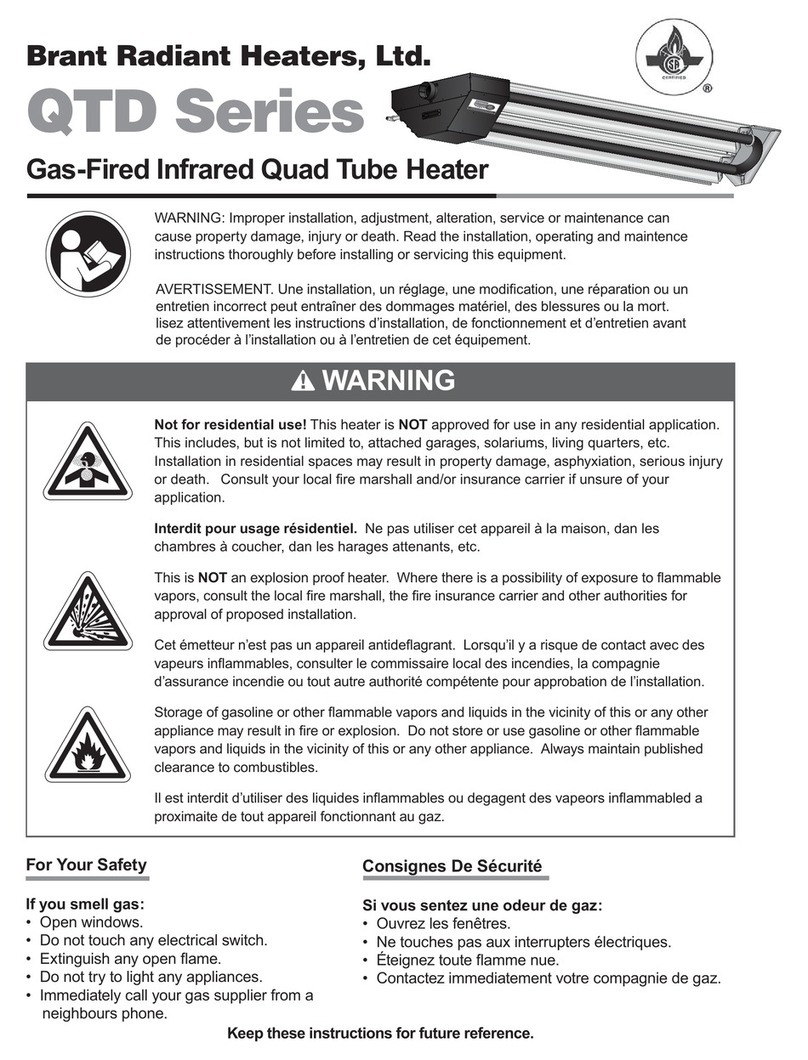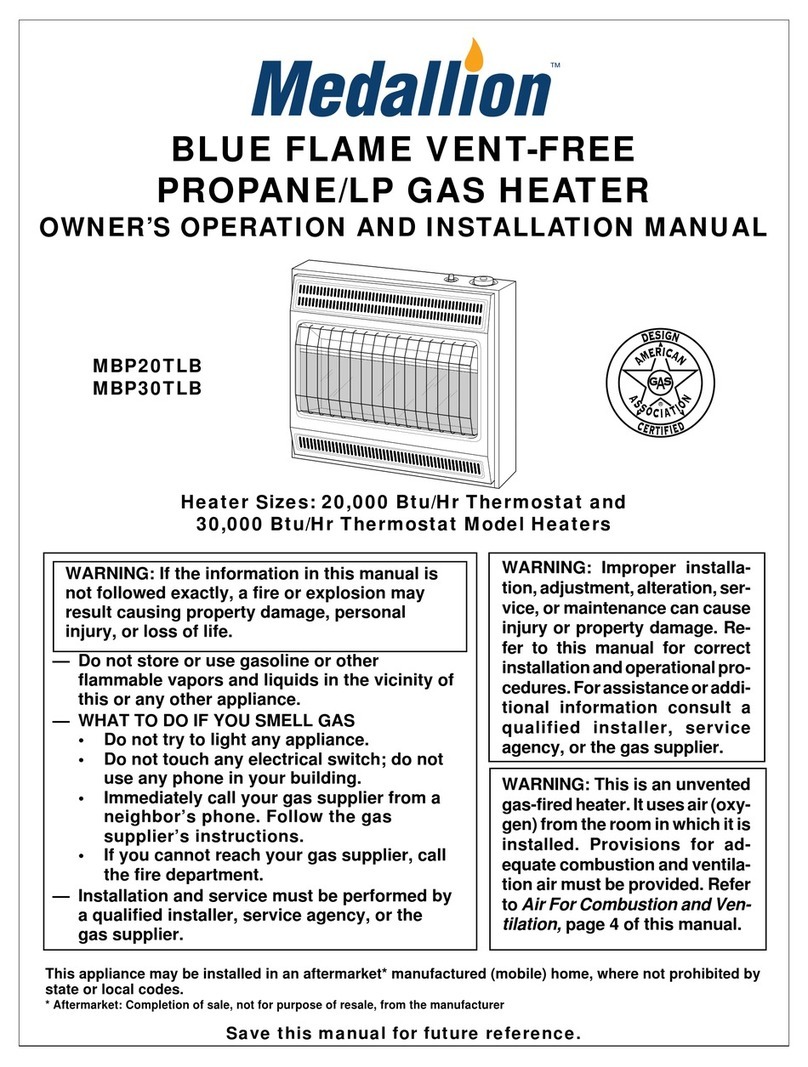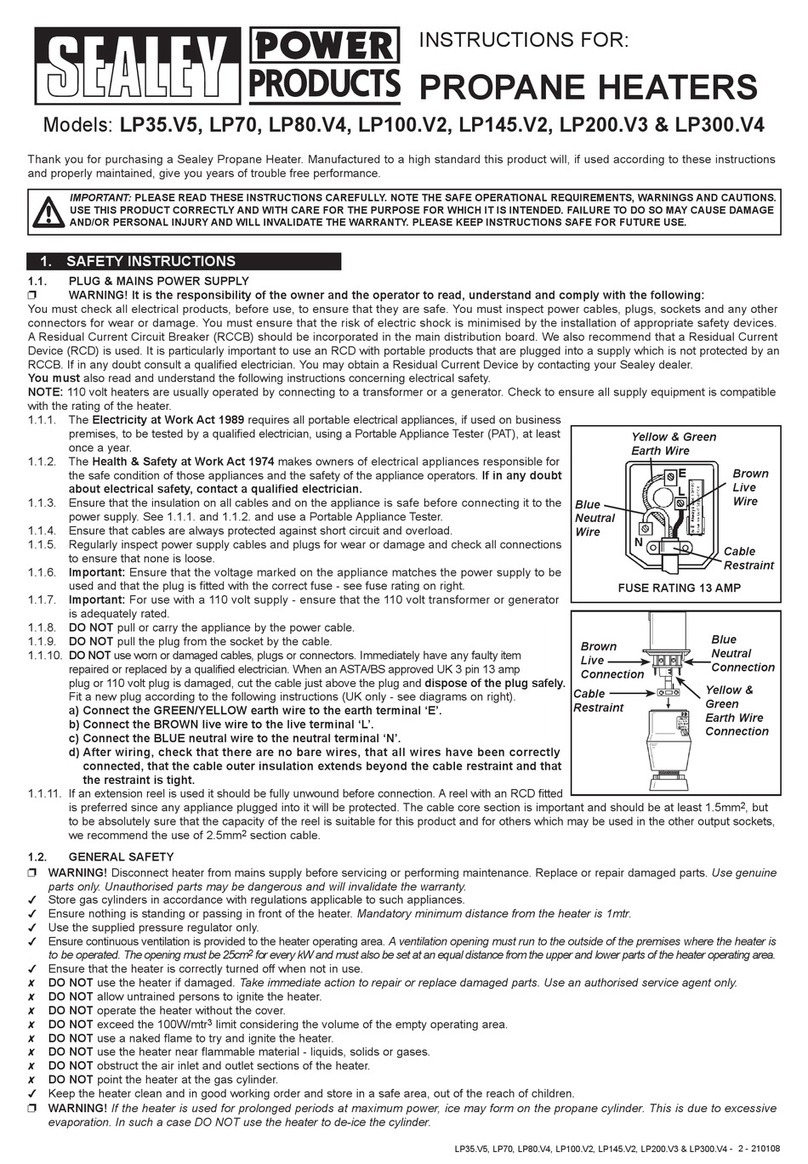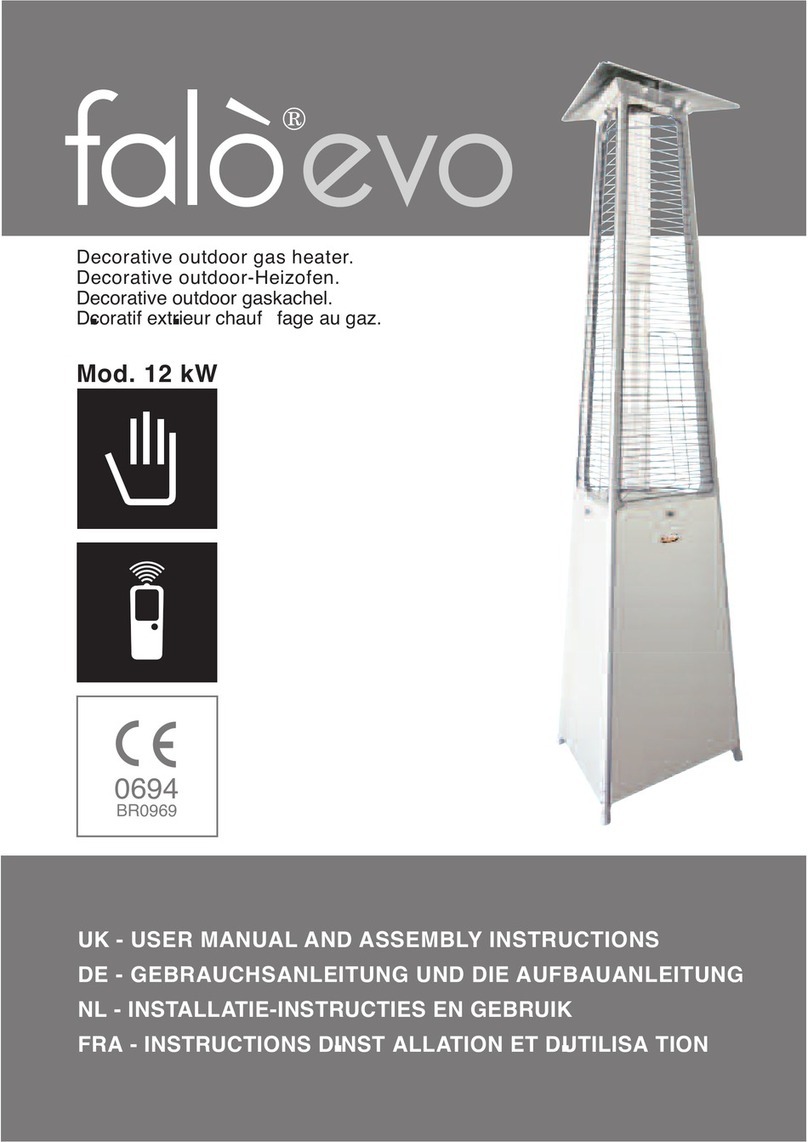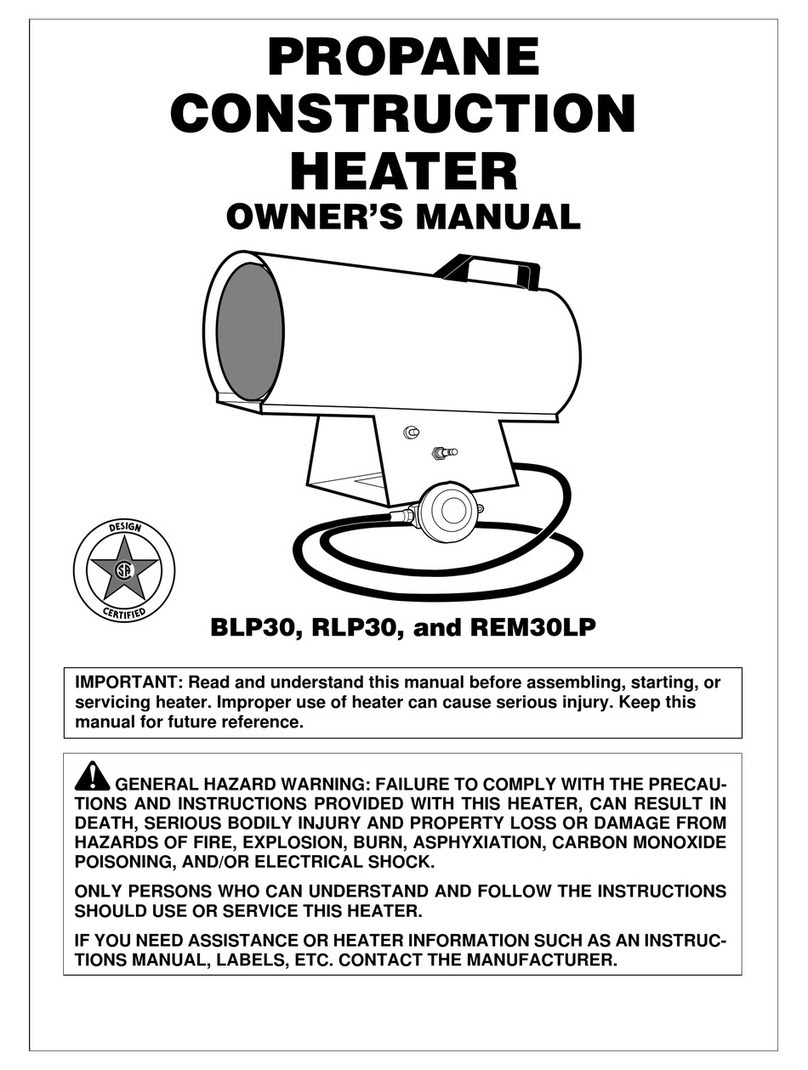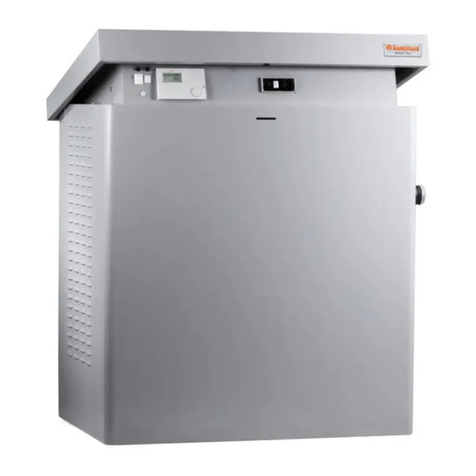
10
1-7
INSTALLERUSER
MAINTENANCE TECHNICIAN
1.7 COMMISSIONING THE DEVICE.
System lling. Once the device is connected, ll
the system via the boiler lling valve.
Filling is performed at low speed to ensure the
release of air bubbles in the water via the boiler
and central heating system vents and the distri-
bution manifold (if any).
Close radiator vent valves when only water
escapes from them.
Close the lling cock when the boiler pressure
gauge indicates approx. 1.2 bar.
IMPORTANT: during these operations, start
the circulation pumps by acting on the main
switch positioned on the boiler control panel
aer having activated the T.A. devices relating
to the various zones.
(Only for DIM H-LT and H-2LT).
Act manually on the 3-way mixing vale using the
relevant lever on the electric actuator, keeping the
same opening in order to de-aerate the system
and, if necessary, control the correct operating
pressure.
Once these operations are complete, make sure
that the lever on the electric actuator is free from
the manual lock position.
1.8 CIRCULATION PUMP.
e pump is ideal for the requirements of each
central heating system in a domestic and residen-
tial environment. In fact, the pump is equipped
with electronic control that allows you to set
advanced functions.
Adjustments. Turn the selector and position it on
the desired curve to adjust the circulator pump.
Program LED
P 1 lower (ΔP-V)
P 2 upper (ΔP-V) green
C 3 lower (ΔP-C) - H=3 m
C 4 upper (ΔP-C) - H=4 m orange
Min. - Max. blue
- Program P (1 lower 2 upper ) (P-V) - Pro-
portional curve (green LED). This allows
the pressure level (head) to be proportionally
reduced as the system heat demand decreases
(ow rate reduction). anks to this function,
the electric power consumption of the cir-
culator pump is reduced further: the energy
(power) used by the pump decreases accord-
ing to the pressure level and ow rate. With
this setting, the pump guarantees optimal
performance in most heating systems, thereby
being particularly suitable in single-pipe and
two-pipe installations. Any noise originating
from the water ow in the pipes, valves and
radiators is eliminated by reducing the head.
Optimal conditions for thermal comfort and
acoustic well-being.
- Programs C (3 lower 4 upper ) (P-C) -
Constant curve (orange LED). e circulator
pump maintains the pressure level (head)
constant as the system heat demand decreases
(ow rate reduction). With these settings, the
circulator pump is suitable for all oor systems
where all the circuits must be balanced for the
same drop in head.
- MIN. - MAX. program (blue LED). e pump
is distinguished by adjustable operating curves
by positioning the selector in any point between
the Min. and Max. positions, thereby satisfying
any installation requirement (from a simple
single-pipe to more modern and sophisticated
systems) and always guaranteeing optimum
performance. e precise working point can be
selected in the entire eld of use by gradually
adjusting the speed.
Real-time diagnostics: a lit LED (in various
colours) provides information regarding the
pump operating status, see g. 1-7
Possible pump release. The pump block is
indicated by a xed red LED switching on. Turn
the selector up to the MAX. position, disconnect
and reconnect the power to restart the automatic
release process. e pump will then activate the
procedure, which will last for a maximum of
15 minutes and the LED will ash upon each
restart. It then turns blue for a few seconds and
goes back to red if the attempt to restart is not
successful. Once the process is complete, position
the selector back on the desired curve and if the
problem has not been resolved, perform the
manual release procedure as described below.
- Disconnect the power to the boiler (the LED
switches o).
- Close the system ow and return and allow the
pump to cool down.
- Empty the system circuit via the relative cock.
- Remove the motor and clean the impeller.
- Once unblocked, remount the motor.
- Fill the primary circuit; restore boiler power
and set the desired curve.
Attention: a scalding hazard is present due to
high uid temperatures and pressures. Scalding
hazard as a result of contact.
1.9 SIZING THE SYSTEMS.
e ow temperatures to the various system
zones may be reduced with respect to the boiler
outlet temperatures, according to the mixture
of the ow and return uids inside the DIM. In
the event that the DIM is used to feed Low-Tem-
perature zones, check that the design parameters
allow you to achieve a maximum surface tem-
perature of the radiant oor in compliance with
standard UNI EN 1264.
1.10 KITS AVAILABLE ON REQUEST.
• System cut-o cock kit (on request). e man-
ifold is designed for the installation of system
interception cocks, to be placed on the ow
and return pipes of the connection assembly.
is kit is particularly useful for maintenance
as it allows the DIM to be drained separately
without having to empty the entire system.
• External probe kit.
• Safety thermostat kit.
• By pass kit for H-LT and H-2LT. versions.
e above-mentioned kits are supplied complete
with instructions for assembly and use.
Circulating pump
LED Description Diagnostics Remedy
LED steady on Pump
noisy
Insucient system pressure, circulating pump
in cavitation Restore correct thermal circuit pressure
Presence of foreign matter in the impeller Remove the motor and clean the impeller
Flashing white LED Noises during cir-
culation of the heat
transfer uid
Presence of air in the system Vent the system
LED steady on Flow rate too high Reduce rotation speed
LED o e circulator does
not work
Power outage Ensure the boiler is correctly powered, ensure
the circulator is correctly powered
Faulty circulating pump Replace the circulating pump
Red LED Rotor seized Remove the motor and clean the impeller
Insucient power supply voltage Check boiler power supply voltage
